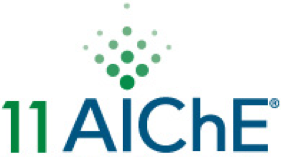

The development of new biomass sources for alternative fuels has become a subject of increasing importance as the nation strives to resolve the economic and strategic impacts of limited fossil fuel resources on our national security, environment, and global climate. Algae are among the most promising non-food-crop-based biomass feedstocks. However, there are currently no commercially viable microalgae-based production systems for biofuel production that have been developed, as limitations include less-than optimal oil content, growth rates, and cultivation techniques. While batch studies are critical for determining basic growth phases and characteristics of the algal species, steady-state studies are necessary to better understand and measure the specific growth parameters. This is because constant irradiance and nutrient levels cannot be maintained in batch culture, due to continuously changing cell densities and cell self-shading. Under steady-state conditions, however, cell density can be controlled and held constant by varying the reactor dilution rate, and constant irradiance levels can be readily maintained. This study evaluated the effect of light intensity and nutrient levels on biomass productivity, lipid content, and fatty acid composition under a steady-state condition, as compared to batch culture. Moreover, the effects of dilution rate on biomass productivity and lipid content were studied in continuous bioreactors under continuous illumination and carbon dioxide supplemented conditions. Our results show that the productivity of Chlorella minutissima varied from 34 to 125 mg/L/day (dry mass) when the dilution rate varied from 0.08 to 0.64 day-1 in continuous culture of freely suspended cells. The biomass productivity reached a maximum value of 125 mg/L/day at a dilution rate of 0.33 day-1; while the productivity of Dunaliella tertiolecta varied from 41.7 to 82.9 mg/L/day at a dilution rate of 0.17 to 0.74 day-1. The biomass productivity reached a maximum value of 82.9 mg/L/day at a dilution rate of 0.42 day-1. The light intensity significantly affects biomass productivity at low light levels, but other parameters such as nitrate content, limit growth above a critical light level.
Presenter(s)
Once the content has been viewed and you have attested to it, you will be able to download and print a certificate for PDH credits.
If you have already viewed this content,
please click here
to login.
